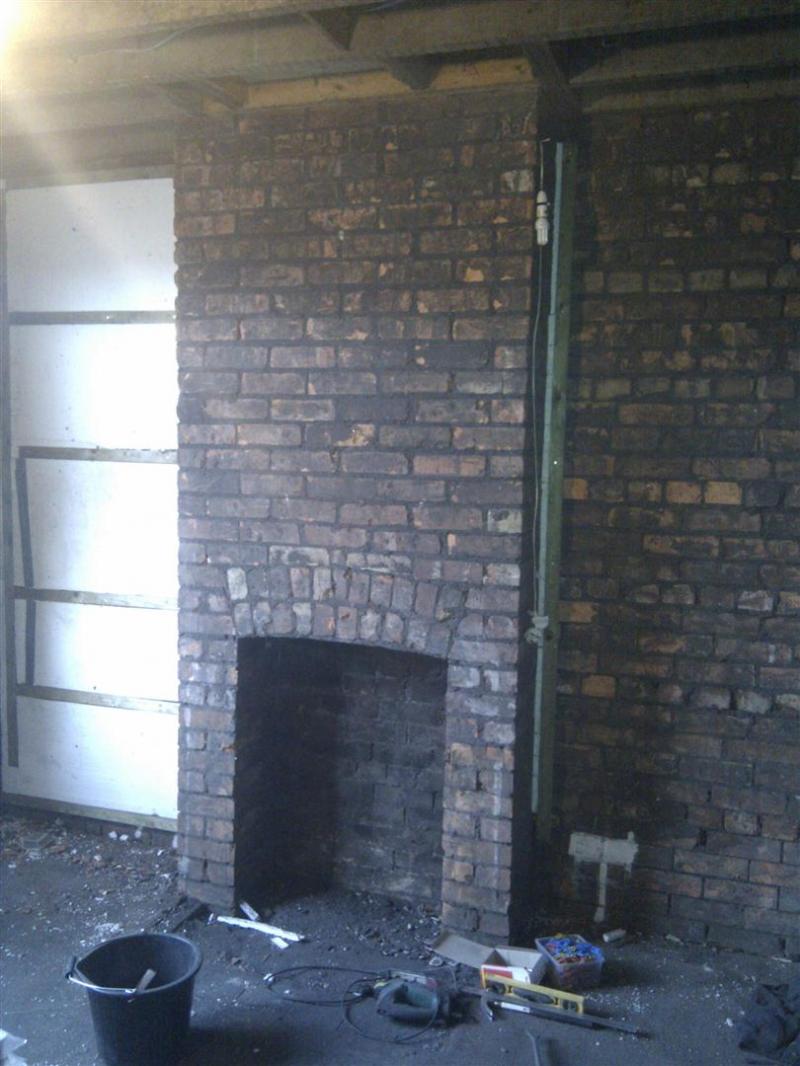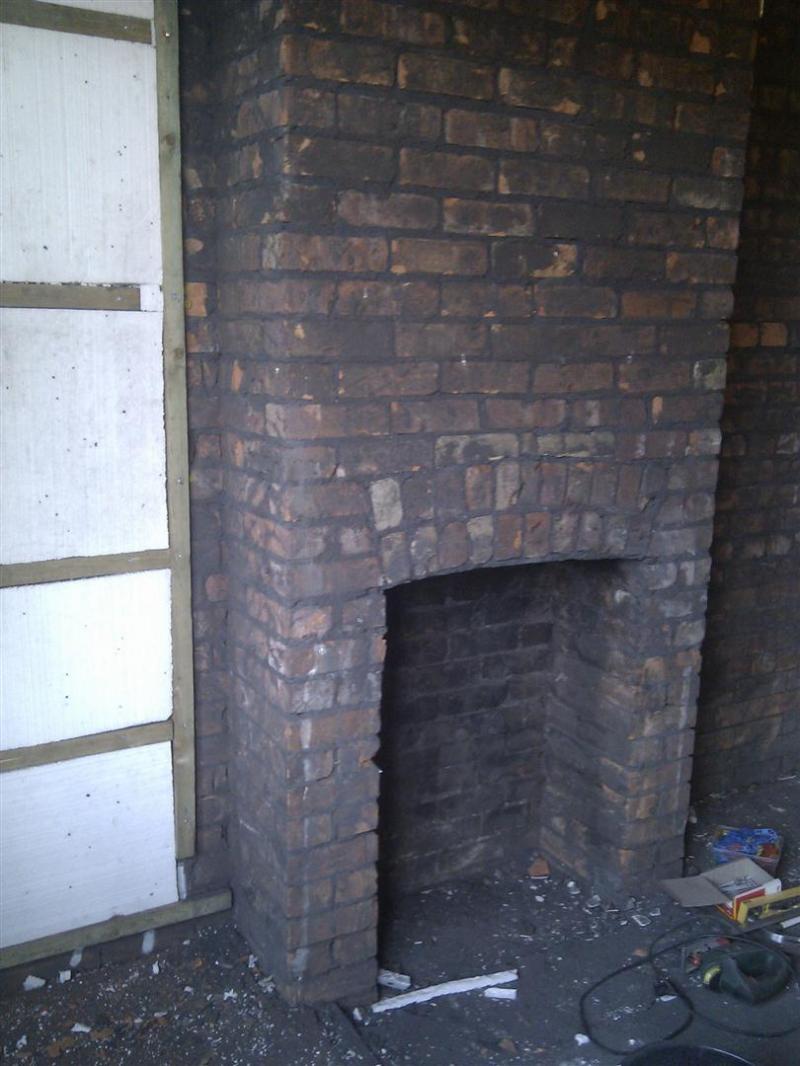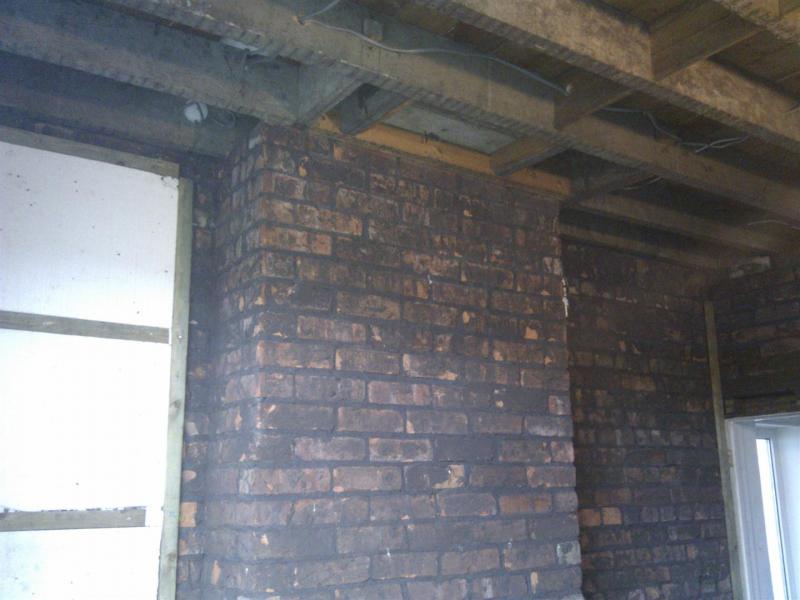Yes the fireplace will be used but not as an open fire, the plan is to fit a wood burning stove into the fireplace, so does this still affect the wall covering? I need to get the chimney smoke tested to show whether or not it needs lining.
I have considered not plasterboarding the chimney wall and instead covering it with some sort of render?
Are the walls eitherside ok to be timer/insulated then?
You would be better leaving the "breast" and rendering it in lime if you are to fit a stove. Many things come into play when you are fitting a stove. The main point are what heat it radiates. Boilers radiate less heat to the room so the temp isn't as high as none boiler types that radiate into the room. My boiler is huge but it's designed to be free standing also. I get about 3k into the room when the boiler is at full whack but I could put logs under the boiler.
Because of the heat and cooling the "breast" will have a degree of movement also, this is why I would lime the whole lot rather than just the front face.
If you are going to batton and insulation boards then you have to plan the whole room out. Make sure you have enough room aroun door casings etc These older buildings tend to have door openings close to the wall.
Use NHL 3.5 at 1/5 and use a good quality clean dry sand. Don't just shovel it in to the mixer, either weigh it or guage it with a bucket, 1 level bucket to 5 sand.
The insulation on the boards will melt if they get hot enough.
Your house was built with lime (black ash lime by the looks of it, any coal mines near you?) so it is designed to flex so when you batton, board and skim you need to make sure the joints are strong. Gypsum doesn't move...
Leave a 2mm gap to allow for the plaster to fill the void, add strength and additional thermal reststance incase of fire. In this way you have at least 14mm skim between the joints and not 2/3mm of skim..
If you build a frame then board it butted up then skim and add pressure in one corner the joints will move but if you have filled the joints like you are suposed to then it won't be a weak point, the boards adhere to each other.....






